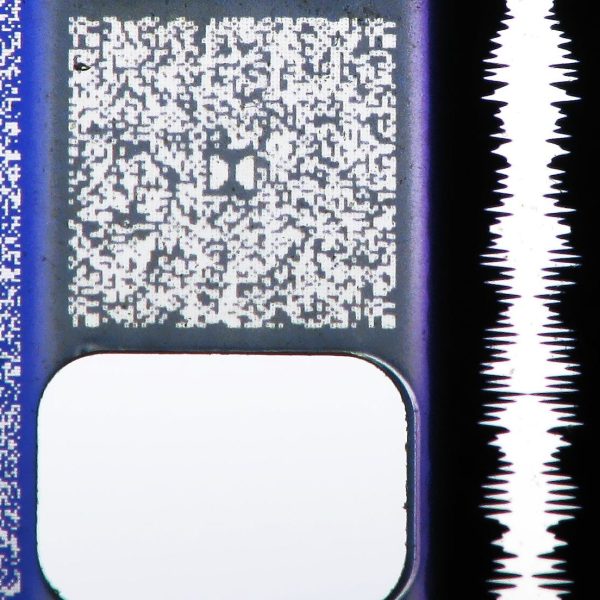
We were surprised the last time [Ben Heck] was building a Xbox 360 laptop, yet here’s another one. Well, it’s not a laptop exactly, but an Xbox 360 built inside of a Pelican case. After receiving several requests for a similar device for people stationed overseas, he finally decided to try it out. The goal is to get all the components into the case so that the watertight seals are intact. It’s only partially complete right now and he notes that one of the major hurdles will be converting the DVD drive to top loading. The light ring and USB ports will probably be moved to the top surface, and the hard drive will be made removable. We look forward to the final writeup since there aren’t many tutorials on working with Pelican cases.















